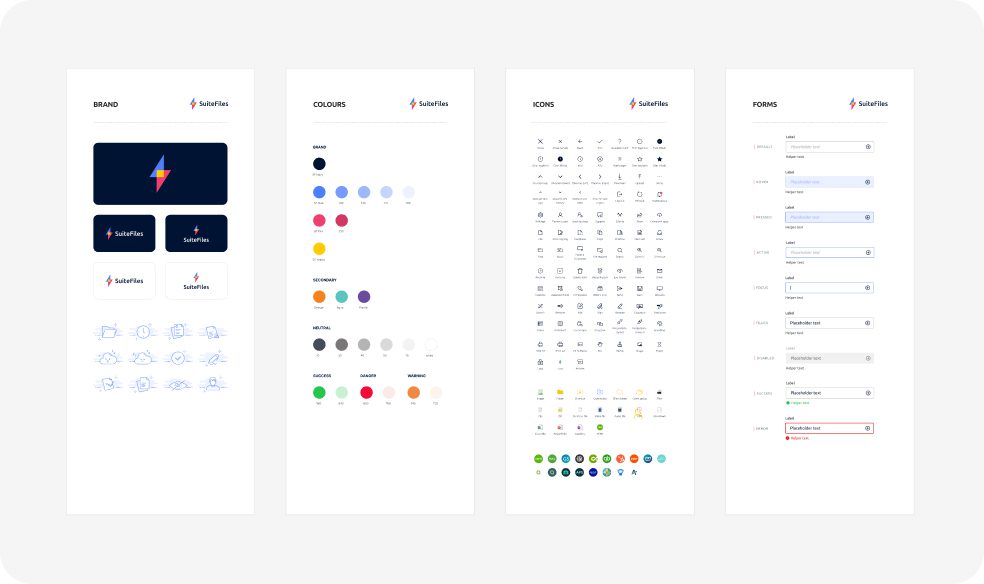
2024 has brought a range of significant tax changes from the Australian Tax Office (ATO) that will impact businesses and individuals alike. From adjustments in tax brackets to new rules for software distribution models, these changes could have wide-reaching implications for New Zealand businesses operating in Australia. Let’s break down some of the key updates.
1. New Software Distribution Models and Royalties
In January 2024, the ATO released a draft ruling (TR 2024/D1) that updates how payments related to software and intellectual property rights are treated, particularly in terms of royalties. This is a significant development for businesses, especially New Zealand firms operating in Australia, as it could change how payments for software licenses and distribution are taxed.
- Treaty Analysis: The ATO acknowledges that tax treaties, like the Australia-New Zealand Double Tax Agreement, take precedence over domestic tax law. This is a critical point for businesses relying on international treaties to manage their tax liabilities.
- Apportionment of Payments: When a payment covers multiple items, the ATO now requires these payments to be apportioned on a “fair and reasonable” basis, although the ruling lacks specific guidance on how to do this.
- Categorisation of Payments: The ruling defines five categories of payments that will be treated as royalties, including payments for the use of intellectual property (IP) and the supply of know-how related to IP rights. This has significant implications for how software and hardware sales are taxed.
2. Intangibles Migration Arrangements
The ATO’s new Practical Compliance Guide (PCG 2024/1) focuses on the migration of intangible assets like intellectual property. This guide is particularly relevant for companies involved in cross-border operations, as it outlines how the ATO will scrutinize these transactions to prevent tax avoidance.
- High Documentation Standards: The ATO is emphasizing the importance of thorough documentation for intangibles migration to ensure compliance with Australian tax laws.
- Focus on Anti-Avoidance: The ATO is particularly concerned with the migration of Australian-generated intangible assets to offshore entities, which could be subject to general anti-avoidance rules or transfer pricing adjustments.

3. Changes to Thin Capitalisation Rules
The Australian government is moving towards replacing existing thin capitalisation rules with a new system based on the OECD’s EBITDA framework. This change, expected to take effect from July 2023, could significantly impact how businesses claim interest deductions in Australia.
- EBITDA-Based Rules: The new rules will limit interest deductions to a portion of EBITDA, which may reduce the amount of interest that businesses can claim, affecting their overall tax liability.
- Pending Legislation: Although the changes were intended to take effect from July 2023, the legislation has been delayed. Businesses should stay informed as this will be a crucial change once passed.
4. Public Country-by-Country Reporting Requirements
In February 2024, the ATO released draft legislation requiring large multinational companies to publicly disclose tax information on a jurisdictional basis. This aligns with European Union directives and could have significant implications for transparency and public perception.
- Delayed Start Date: The regime will now begin for reporting periods starting on or after July 2024, giving businesses more time to prepare.
- Reporting Thresholds: The new rules will apply only to entities with Australian-sourced income of AUD 10 million or more, focusing on large multinationals.
5. Individual Income Tax Rate Changes
Starting from 1 July 2024, the ATO has implemented changes to individual income tax rates and thresholds:
- The 19% tax rate is reduced to 16%.
- The 32.5% tax rate is reduced to 30%.
- The threshold for the 37% tax rate has increased from $120,000 to $135,000.
- The threshold for the 45% tax rate has increased from $180,000 to $190,000.
That’s A Wrap
These updates highlight the ATO’s ongoing efforts to modernize and streamline tax legislation, with significant implications for businesses and individuals alike. Whether it’s understanding the nuances of software royalties or preparing for changes in thin capitalisation rules, staying informed is crucial. Keep an eye on these developments to ensure your business remains compliant and takes full advantage of the available tax benefits.
New to SuiteFiles and want to take it for a test drive? Book a demo via the button below to connect with our friendly team.



